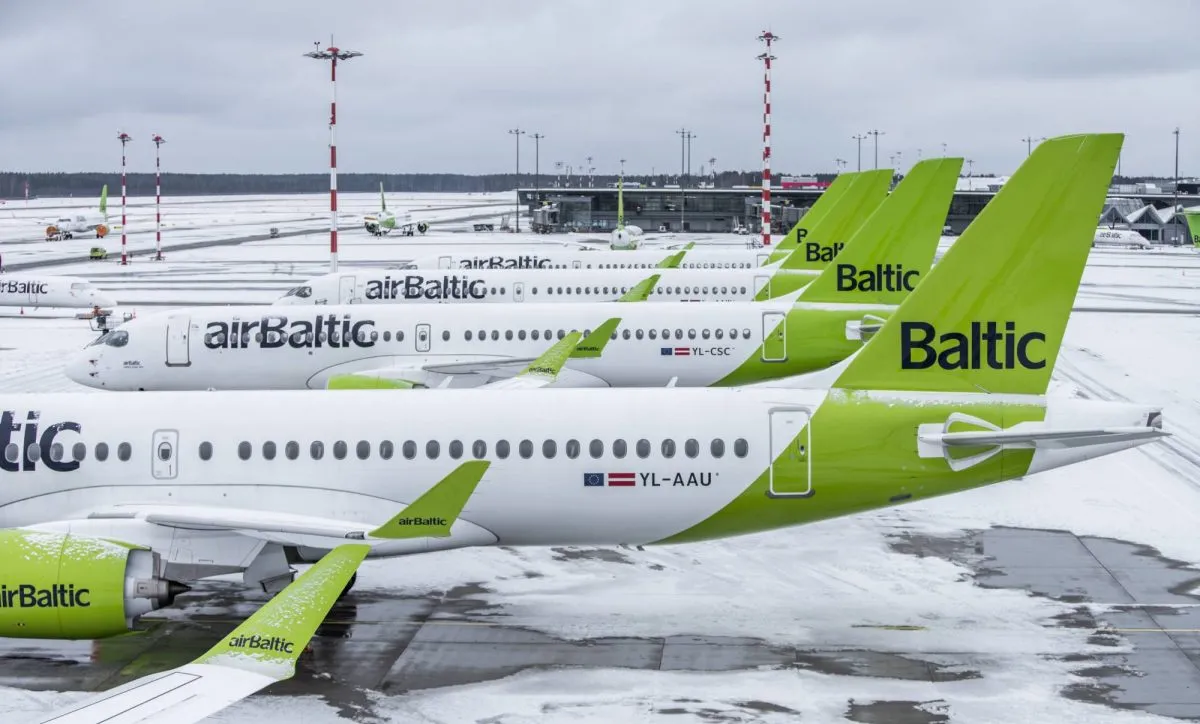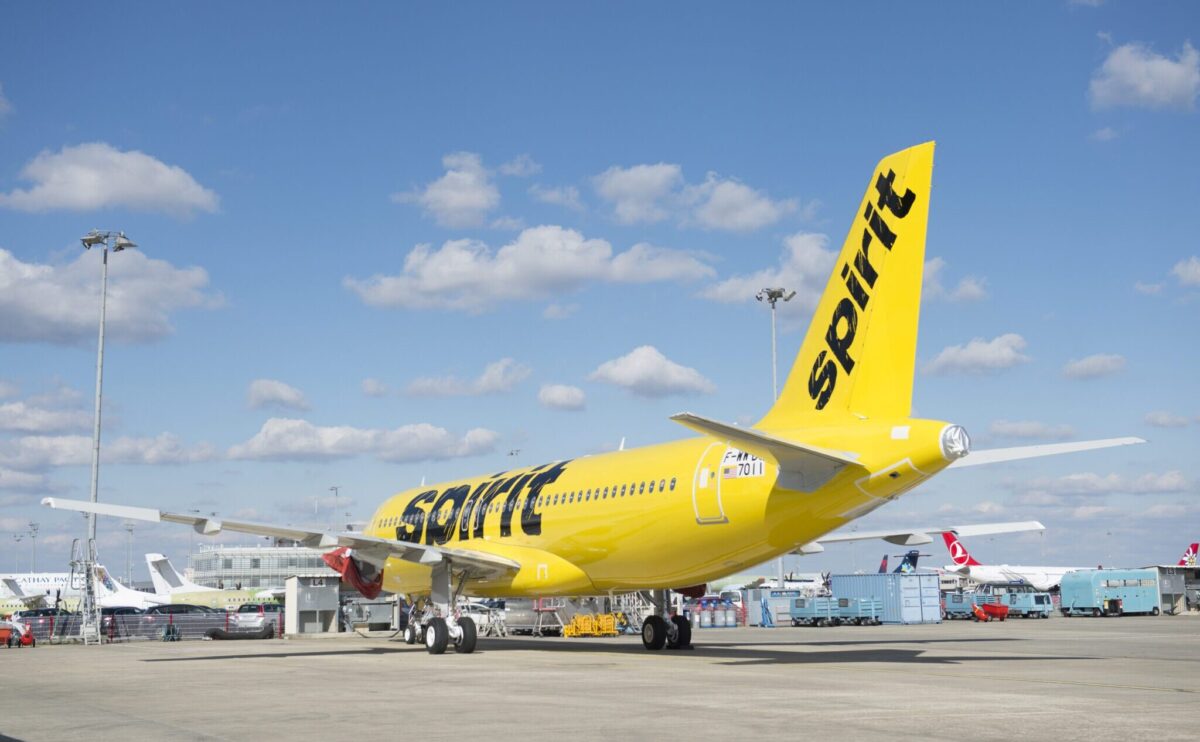JetBlue Thinks Bigger Planes as It Considers Longer Flights
Skift Take
As it evaluates flying to Europe and deeper into South America, JetBlue is studying whether it should buy widebody aircraft or add a next-generation model of the single-aisle Airbus A321 it already flies, an airline executive said in an interview on Monday.
For JetBlue, which first told investors in July that it might want to serve Europe, the most obvious choice is the A321LR, an aircraft Airbus expects will be available in 2019. JetBlue already has orders for a shorter-range model of A321, and its contract with Airbus allows it to switch to the long-range version.
The CEOs of Etihad, Expedia, RouteHappy, and More Are Speaking at Skift Global Forum 2016. Join Us.
But widebody aircraft, such as the Boeing 787 and Airbus A330, tend to be more versatile, and they have more range, giving JetBlue access to more destinations in Europe and South America.
"We are very open to seeing all the options that are out there," David Clark, JetBlue's vice president for network planning, said at the International Aviation Forecast Summit in Olympic Valley, California. "We are certainly looking at widebodies. It's less that we are looking at every widebody right now and more sort of [evaluating] widebodies in general versus the [A321LR]. We want to see which might be a better fit for us."
The A321LR is not available yet, so while Airbus says it should have a range of 4,000 nautical miles, it's not yet clear how far it will fly with a full payload. But the aircraft should be capable of flying from JetBlue's focus cities in Boston and New York to most Western European capitals, including London, Amsterdam, Paris and Madrid. Anything much farther with a full payload of fuel, passengers and cargo may not be possible.
The A321LR will be similar to the Boeing 757, a model all three major U.S. airlines use on shorter flights to Europe. Carriers like the 757 because it provides them with a small, relatively low cost option for trans-Atlantic flights, but it's not a perfect aircraft for many routes. Sometimes, during the winter, aircraft must make fuel stops on the return to the U.S. East Coast.
"People say, 'Oh the plane can do everything a 757 can,'" Clark said. "Well, a lot of 757s take fuel stops on the way back from Europe, and different companies have different tolerances for that. There's a wide range of performance based on what you want the experience to be like."
Clark said JetBlue has not decided which widebody aircraft might work best. Airbus has been aggressively shopping the A330 and A350 to airlines, while Boeing is trying to sell 787s and 777s.
"I think we are open to just about everything," Clark said. "If you look ahead to our fleet needs, it's not only long range flying, but also for other growth. Eventually, we are going to be retiring A320s. I think we are pretty open to what the best tool is to support our vision."
Europe has grabbed most of the headlines in the two months since JetBlue CEO Robin Hayes hinted trans-Atlantic flights, likely with the A321LR, might be in the airline's future. But Clark, who is in charge of finding new routes, said JetBlue might use longer-range aircraft to fly to Brazil, Chile and Argentina, probably from Fort Lauderdale. All are too far South for the airline's current jets.




